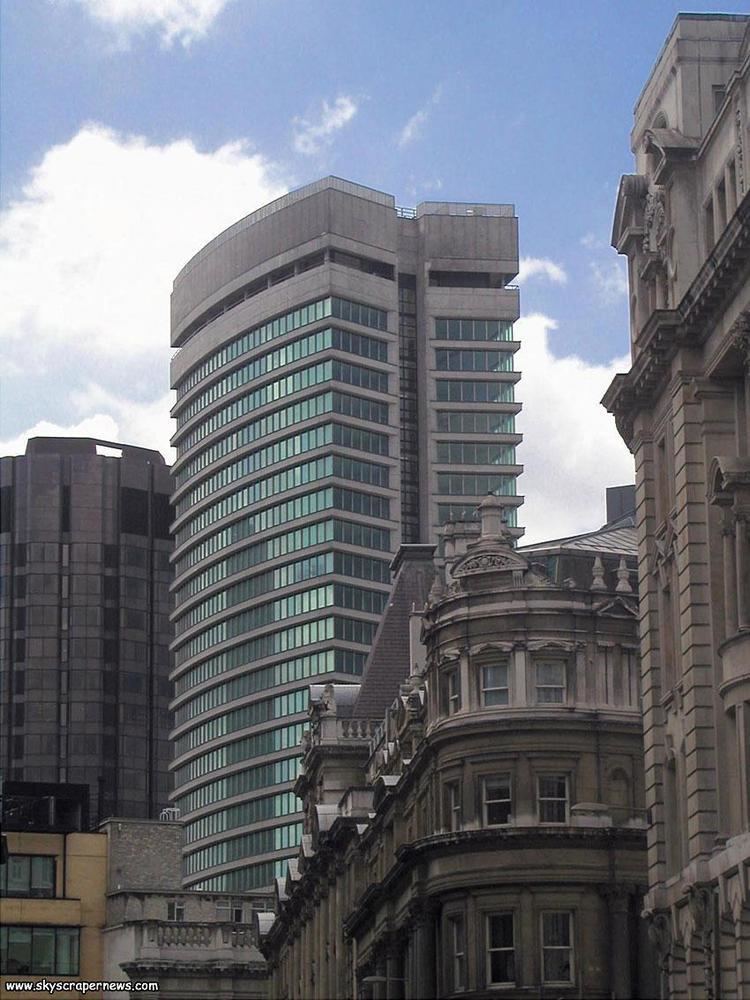 | ||
Drapers Gardens is a site in the City of London at the junction of Throgmorton Avenue and Copthall Avenue on land owned by the Drapers' Company, originally forming gardens it was largely built over by the early twentieth century. It has been the site of two major office blocks since the 1960s.
Contents
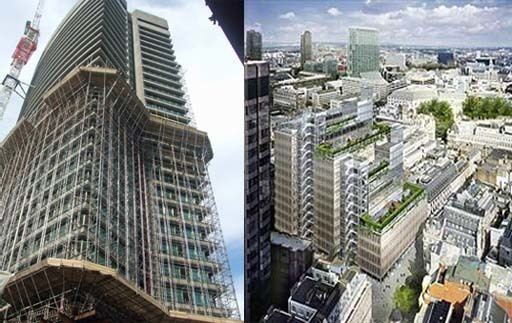
Drapers' Gardens before the 1960s
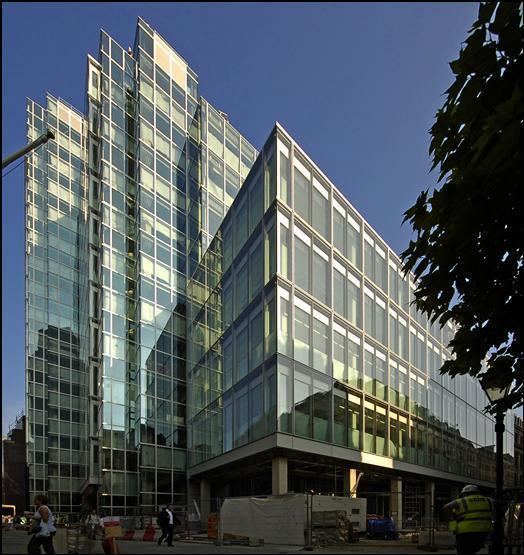
Before the building of a comprehensive sewage system in London during the later nineteenth century the site had been largely undeveloped since Roman time as it was waterlogged by tributaries of the River Walbrook. During the period from the first occupation by the Drapers' Company in 1544 it was a market garden and place of recreation, After the Great Fire of London the west side was built over. Over the following two hundred years the remainder of the gardens remained a largely open space but were finally built over in 1873 (except for a small patch to the east of Throgmorton Avenue, now the gardens of Drapers' Hall) . The buildings standing within the boundary of the Drapers' Company property line on the west side of Throgmorton Avenue were demolished to make way for the Seifert Tower.
Seifert's Drapers' Gardens
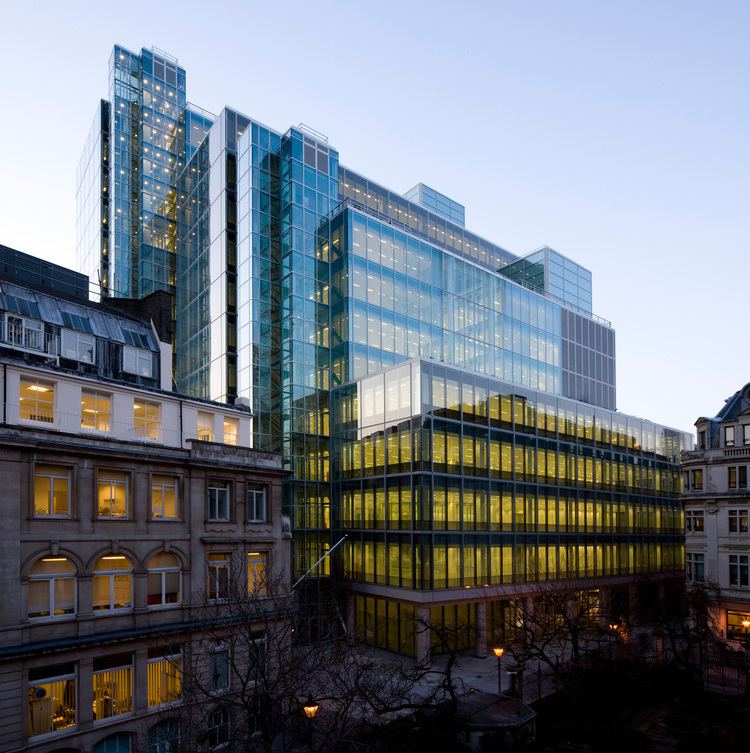
The original Drapers Gardens was a skyscraper in the City of London, designed by architect Richard Seifert. It stood at 100 metres (328 ft) tall and had 30 storeys. It was completed in 1967 and demolished in 2007.

When viewed from Waterloo Bridge (as in the photograph below), Drapers Gardens appeared as the closest office tower to St Paul's Cathedral. Conversely, there were those who cited the building as a fine example of its period and one of the few genuinely well-designed towers of the 1960s. Richard Seifert, its designer as well as the architect of Tower 42, described the Drapers Gardens' skyscraper as his proudest achievement.
New development

During the eighties it became apparent that Seifert's building was not suitable as a modern office space and letting income dried up. The new office development was designed by Foggo Associates. The replacement Drapers Gardens is 75 metres (246 ft) tall with 16 floors, three roof terraces and a pocket park, at 270,000 square feet (25,000 m2) it has more floor space than the Seifert's design. The building’s stepped profile was developed in response to local and long distance views, and landscaped roof gardens were to provide amenity space for the buildings occupiers.
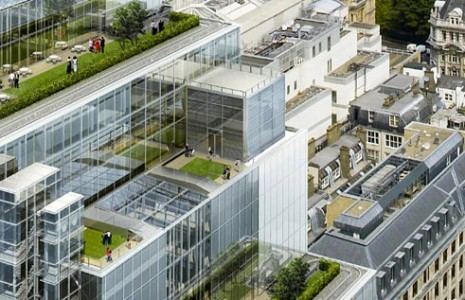
The developers were Exemplar Developments and Canary Wharf Developments. It was completed in Autumn 2009. The development was then sold on to Evans Randall in 2010 for £242.5 million. Most of the floors of the building were originally taken by Macquarie, however BlackRock subsequently made a higher offer.
Between the demolition and rebuilding, an archaeological dig by Pre-Construct Archaeology Ltd found Roman remains dating from 63 AD to 383 AD. These included a well with 19 metal vessels in an exceptional state of preservation, a ruler, and the skull of a bear.
